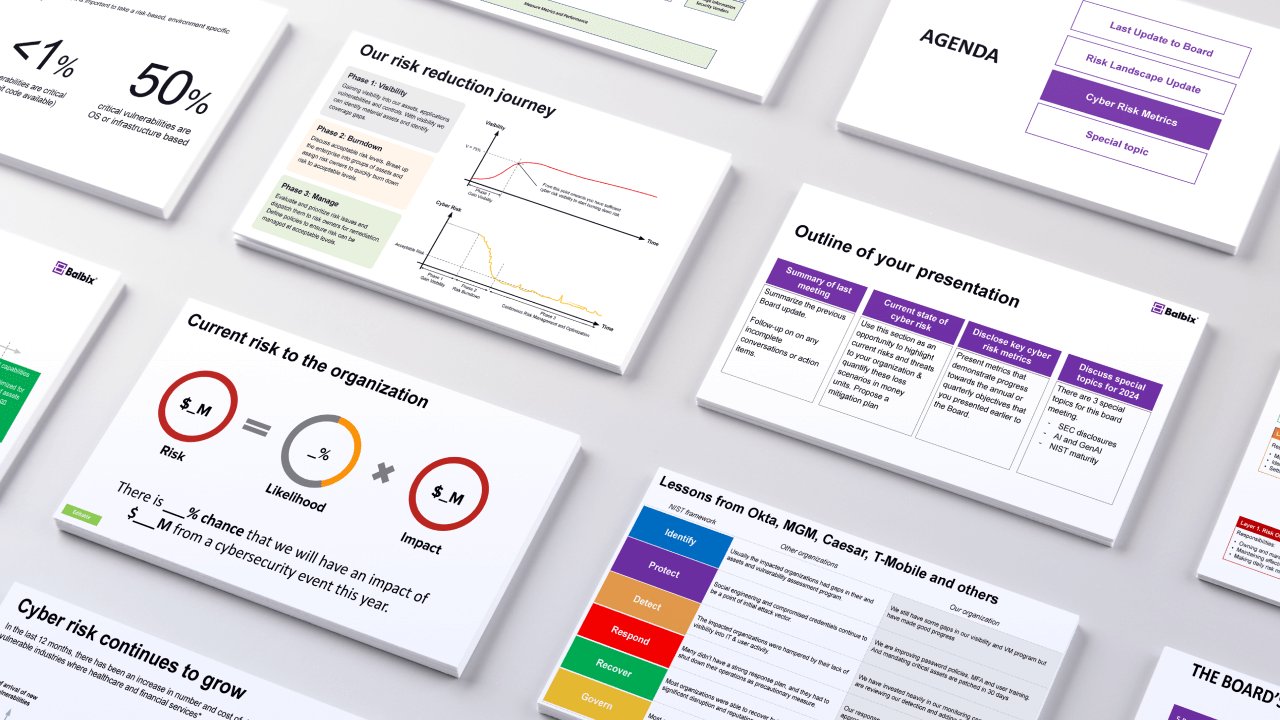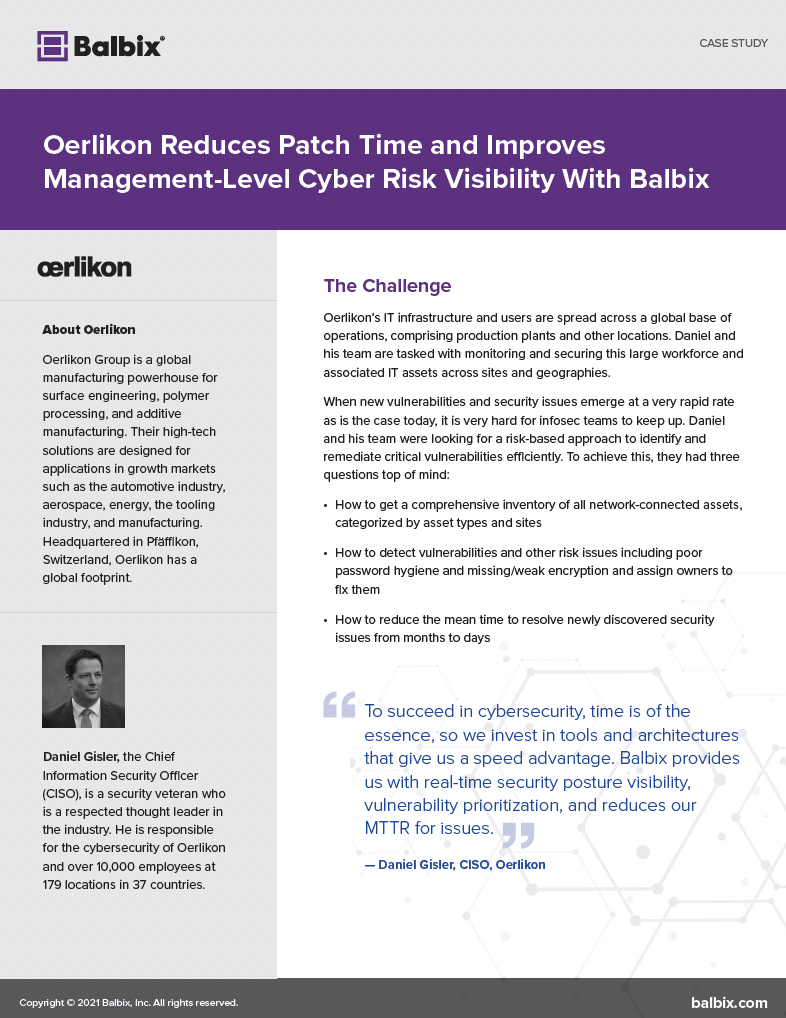Vulnerability prioritization is a vital step in vulnerability management. Organizations face an overwhelming number of unresolved vulnerabilities across their environments.
Vulnerability prioritization is the process of assessing and ranking vulnerabilities based on risk. It helps cybersecurity teams focus on the most critical threats, optimize resources, and reduce breach risks.
Cybersecurity teams cannot patch every vulnerability, particularly when enterprise environments include thousands of assets and vulnerabilities. This is where prioritization becomes essential, helping security teams reduce breach risks with strategic focus while effectively leveraging time and resources.
Organizations strengthen their security posture and protect business-critical systems by targeting the vulnerabilities that present the greatest risks.
Why is Vulnerability Prioritization a Necessity?
The explosion of software usage in enterprises has increased organizational efficiency and automation, but it has also introduced substantial security risks. Software inevitably contains flaws, and even the most skilled programmers inadvertently introduce security bugs in their code. Over time, these vulnerabilities are either discovered by security researchers or exploited by cybercriminals.
The scale of this issue is immense. The National Vulnerability Database (NVD) tracks vulnerabilities across vendors and products. For instance, in 2022 alone, over 18,590 new CVEs (Common Vulnerabilities and Exposures) were added. Managing and mitigating these vulnerabilities across thousands of assets is daunting, even for the most well-equipped security teams.
For example, imagine an enterprise environment with 50,000 assets and an average of 100 known vulnerabilities per asset, resulting in 5 million potential vulnerabilities to address. Patching every issue is impractical, making vulnerability prioritization an essential component of any successful cyber defense strategy.
The Core of Vulnerability Prioritization
Traditionally, vulnerability management has focused on identifying all vulnerabilities, applying available patches, and working toward risk reduction. Unfortunately, real-world constraints such as bandwidth, time, and resources make patching every vulnerability challenging.
Effective vulnerability prioritization strategies identify the vulnerabilities with the highest potential impact, ensuring organizations can optimally allocate resources to protect critical assets.
Key considerations include:
- The severity of the vulnerabilities.
- Exposure to active exploits.
- The business impact of affected assets.
This approach ensures security teams mitigate the risks that matter the most to business operations, reducing overall exposure and strengthening resilience against cyberattacks.
How to Prioritize Vulnerabilities
The vulnerability management process typically involves several phases: discovery, assessment, prioritization, and remediation. The prioritization phase ensures that identified vulnerabilities are appropriately ranked based on their real-world impact and risk rather than merely their technical severity.
To effectively prioritize vulnerabilities, organizations should adopt a risk-based vulnerability management approach that includes the following key building blocks:
1. Asset Visibility
- Gain visibility into all assets, including managed and unmanaged devices, applications, users, and data.
- Know what is in your environment to understand what could be at risk.
2. Comprehensive Attack Vector Coverage
- Scan and monitor all possible attack vectors across every asset, ensuring comprehensive coverage.
- Consider external and internal threats to avoid blind spots in your security posture.
3. Business Context Consideration
- Prioritize vulnerabilities based on the asset’s criticality to business operations.
- Factor in the severity of the vulnerabilities, existing security controls, and ongoing global threats.
4. Mitigation Recommendations
- Use advanced tools to receive actionable remediation guidance.
- Focus on fixes that reduce the greatest risks in the shortest amount of time.
By leveraging these building blocks, businesses can reduce risk efficiently and strategically, improving protection against evolving cyber threats.
Vulnerability Prioritization Methods
There are several approaches to prioritizing vulnerabilities, each with strengths and limitations.
1. CVSS Scores
The Common Vulnerability Scoring System (CVSS) provides a numerical score (from 0 to 10) that indicates the severity of a vulnerability. While useful for determining technical severity, CVSS alone falls short because it doesn’t account for an organization’s specific environment or how likely an attacker would exploit a vulnerability in that context.
Example: A vulnerability with a CVSS score of 9 may not impact your environment if the affected system is not exposed or doesn’t exist in your organization. Similarly, a vulnerability with a lower CVSS score could be critical if it targets a high-value asset.
2. CISA Known Exploited Vulnerabilities (KEV) Catalog
The CISA KEV database is a valuable resource for prioritizing remediation efforts. It focuses on vulnerabilities actively exploited in the wild, ensuring faster patching of security gaps that present immediate risks.
Despite its effectiveness, the KEV database does not fully cover all vulnerabilities that could present a risk, particularly those that leverage chaining attacks (using multiple less-critical vulnerabilities to achieve exploitation).
3. Business Context-Based Prioritization
A holistic approach to vulnerability prioritization integrates both the technical severity of vulnerabilities and their relevance to your business operations. This method considers factors such as:
- The criticality of the assets affected.
- The potential business impact of an exploited vulnerability.
- The organization’s current operational conditions (e.g., peace-time vs. war-time).
This is particularly effective during high-pressure scenarios, such as addressing zero-day vulnerabilities.
Example:
- Peace-Time: Prioritize patching high volumes of vulnerabilities across applications based on overall risk reduction strategies.
- War-Time: Focus on addressing critical vulnerabilities that attackers are actively exploiting, ensuring quick mitigation under tight timelines.
Tools and Strategies for Effective Vulnerability Prioritization
Investing in technology and tools that enhance vulnerability management is crucial for modern organizations. Platforms like Balbix are designed to support vulnerability prioritization by providing actionable insights fueled by contextual awareness.
Key Benefits of Balbix Patch and CVE Prioritization
- Patch Prioritization helps organizations identify the patches that reduce the highest volume of vulnerabilities with minimal effort. Balbix considers the overall risk reduction along with the business impact of affected assets.
- CVE Prioritization enables real-time evaluation of vulnerabilities based on severity, threat level, and organizational context for faster decision-making during critical times.
These tools equip security teams to balance long-term risk reduction with immediate, proactive mitigation.
The Bottom Line
Vulnerability prioritization is not just a security practice—it’s an essential strategy for modern organizations committed to protecting their assets, operations, and reputation. By adopting a systematic, risk-based approach and leveraging the right tools, enterprises can achieve more with less effort, reducing their exposure to cyber threats while optimizing available resources.
Frequently Asked Questions
- What is vulnerability prioritization in cybersecurity?
-
Vulnerability prioritization is the process of assessing and ranking security vulnerabilities based on their risk level. This helps cybersecurity teams focus on addressing the most critical threats first, reducing breach risks, and optimizing security resources.
- Why is vulnerability prioritization important for organizations?
-
Organizations face millions of vulnerabilities across their IT environments, making it impossible to patch everything. Prioritization ensures that security teams address the vulnerabilities that pose the highest risk, improving security posture and reducing the likelihood of cyberattacks.
- How do organizations prioritize vulnerabilities effectively?
-
Organizations can prioritize vulnerabilities by using a risk-based approach that includes asset visibility, attack vector coverage, business impact assessment, and mitigation recommendations. Tools like Balbix help automate and enhance this process by providing real-time risk insights.
- What are the best methods for vulnerability prioritization?
-
Common vulnerability prioritization methods include CVSS scores (measuring severity), the CISA Known Exploited Vulnerabilities (KEV) Catalog (focusing on actively exploited threats), and business context-based prioritization (factoring in asset criticality and operational impact).
- How does Balbix help with vulnerability prioritization?
-
Balbix enhances vulnerability prioritization by providing Patch Prioritization (identifying patches that resolve the highest-risk vulnerabilities with minimal effort) and CVE Prioritization (real-time evaluation of vulnerabilities based on severity, threat level, and business impact).


